Expats in Korea: Your Complete Transportation Handbook
Living in Korea as a foreigner can be an incredibly enriching experience, but navigating the transportation system might seem daunting at first. Thankfully, Korea’s public transportation network is extensive, efficient, and foreigner-friendly. This guide will help you understand the various transportation options available, including bus routes, subway lines, taxis, and more. Let’s dive in!
Overview of Public Transportation in Korea
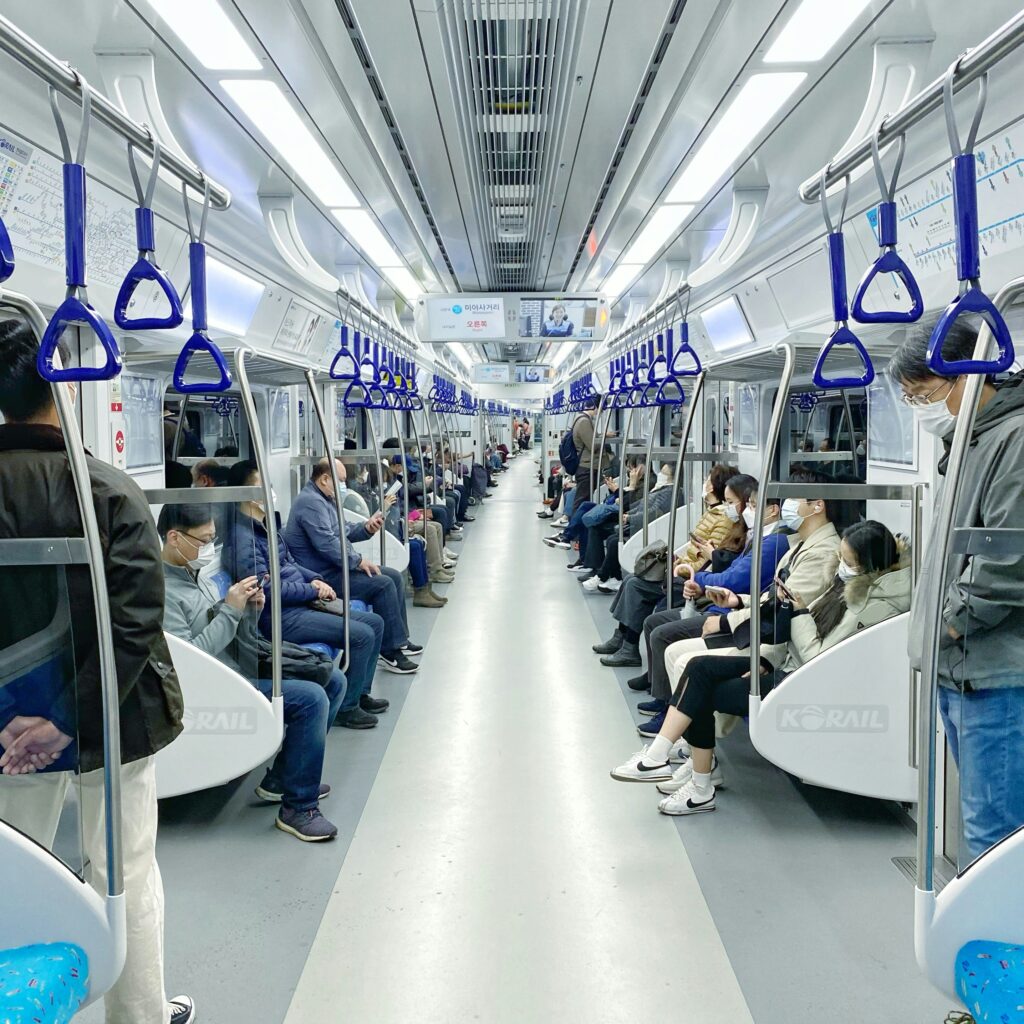
Public transportation in Korea is known for its punctuality, cleanliness, and coverage. Whether you are in a bustling city like Seoul or a smaller town, you will find reliable and affordable options to get around.
Subway System
Korea’s subway system is one of the most efficient in the world. Major cities like Seoul, Busan, and Daegu have extensive subway networks that are easy to navigate.
Seoul Subway
The Seoul Metropolitan Subway is the largest and most well-connected. With 23 lines and over 700 stations, you can get virtually anywhere in the city and its outskirts. Signage in English, Chinese, and Japanese makes it accessible for non-Korean speakers.
- T-Money Card: Purchase a T-Money card at any convenience store or subway station to easily tap in and out of the subway.
- Apps: Use apps like KakaoMap or Naver Map for real-time subway navigation and schedule updates.
Bus System
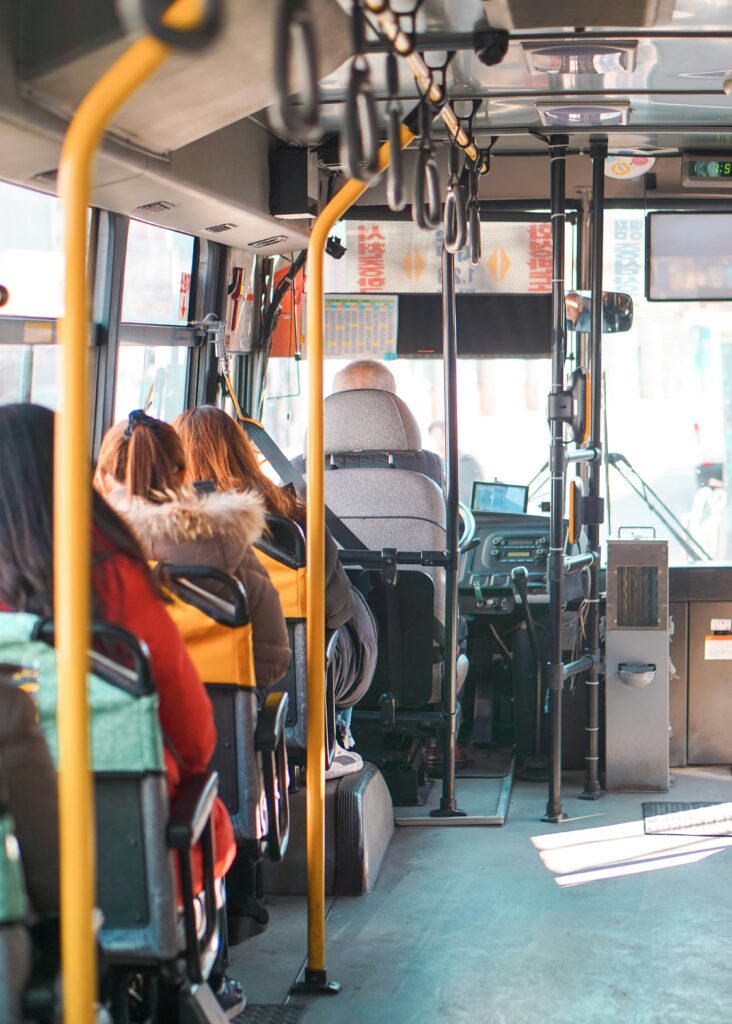
Buses are another crucial component of Korea’s public transportation network. They can take you to places that are not directly accessible by subway, especially in rural areas.
Types of Buses
- City Buses (시내버스): These operate within cities and are color-coded (blue, green, yellow, and red) based on their routes and distances.
- Intercity Buses (시외버스): These connect different cities and towns. They can be found at major bus terminals.
- Express Buses (고속버스): Faster than intercity buses, these connect major cities and have fewer stops.
- Bus Apps: Apps like KakaoBus can provide you with real-time bus schedules and route information.
Taxis
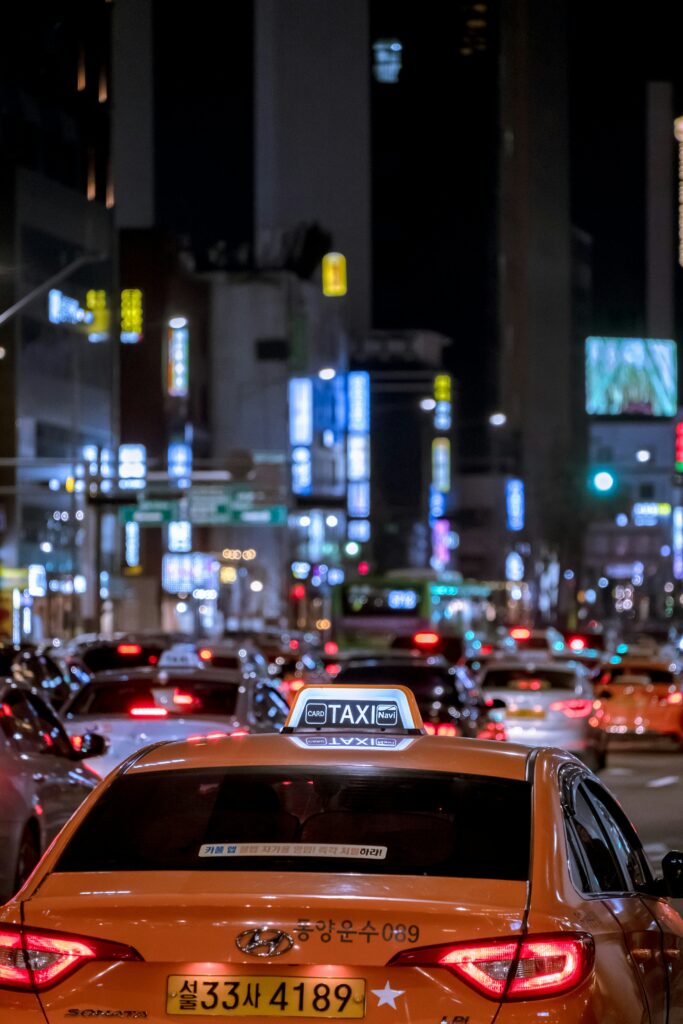
Taxis in Korea are relatively affordable compared to Western countries and are readily available in most areas.
Types of Taxis
- Regular Taxis (일반택시): These are the most common and can be hailed on the street or booked through apps like KakaoTaxi.
- Deluxe Taxis (모범택시): More expensive but offer higher comfort and better service.
- International Taxis: These are specifically for foreigners and offer services in multiple languages.
Trains
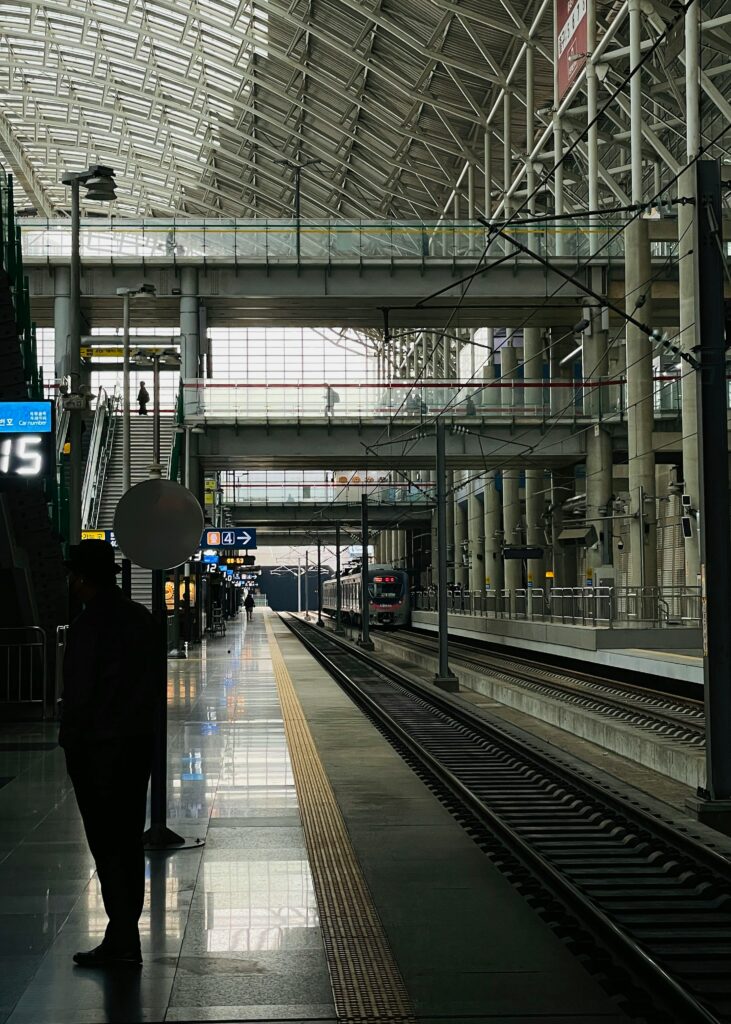
Korea Train Express (KTX) is the high-speed rail service that connects major cities like Seoul, Busan, and Daegu. It’s the fastest way to travel long distances within the country. You can book tickets online or at train stations.
Biking and Walking
In addition to public transportation, Korea is increasingly becoming bike-friendly, especially in cities like Seoul. Bike-sharing services such as Seoul Bike (Ddareungi) are popular and easy to use. Walking is also a great way to explore the cities, as they are designed to be pedestrian-friendly.
Practical Tips for Navigating Public Transportation
Purchasing and Using T-Money Cards
T-Money cards are essential for seamless travel. They can be used on subways, buses, and even taxis. You can recharge them at convenience stores or subway stations.
Reading Signage and Announcements
Most public transportation services provide information in multiple languages, but it’s helpful to familiarize yourself with basic Korean phrases and characters.
Etiquette and Customs
- Seating: Priority seats are reserved for the elderly, pregnant women, and those with disabilities.
- Noise: Keep conversations quiet and use headphones when listening to music or watching videos.
- Cleanliness: Eating and drinking on public transportation are generally discouraged.
Lesser-Known Transportation Tips
Airport Transfers
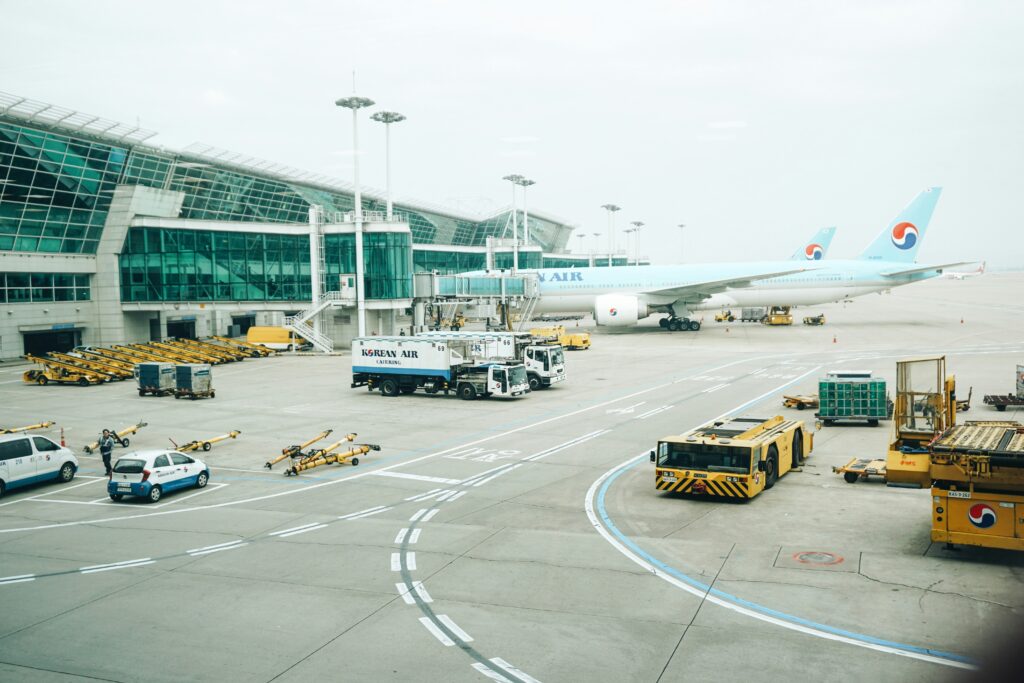
Incheon International Airport and Gimpo Airport are the two main airports serving Seoul. Both offer convenient transportation options, including airport buses, subways, and taxis.
Exploring Rural Areas
While cities have extensive public transportation networks, rural areas may require different modes of travel. Renting a car or using intercity buses can be practical options.
Night Transportation
Seoul and other major cities offer night buses (심야 버스) for late-night travel. These can be a lifesaver if you’re out late and need to get home.
Conclusion
Navigating Korea’s public transportation system may initially seem overwhelming, but with a bit of practice and the right tools, you will find it to be one of the most efficient and convenient ways to get around. Whether you’re commuting daily or exploring new places, Korea’s transportation network has you covered.
By understanding the different transportation options and following these tips, you can make your stay in Korea more enjoyable and stress-free. Happy travels!
Looking for accommodation in Seoul?
Start with Stay Korea
Fill Out the Form Below to Get Started
The more info you share, the better we can match you!






















